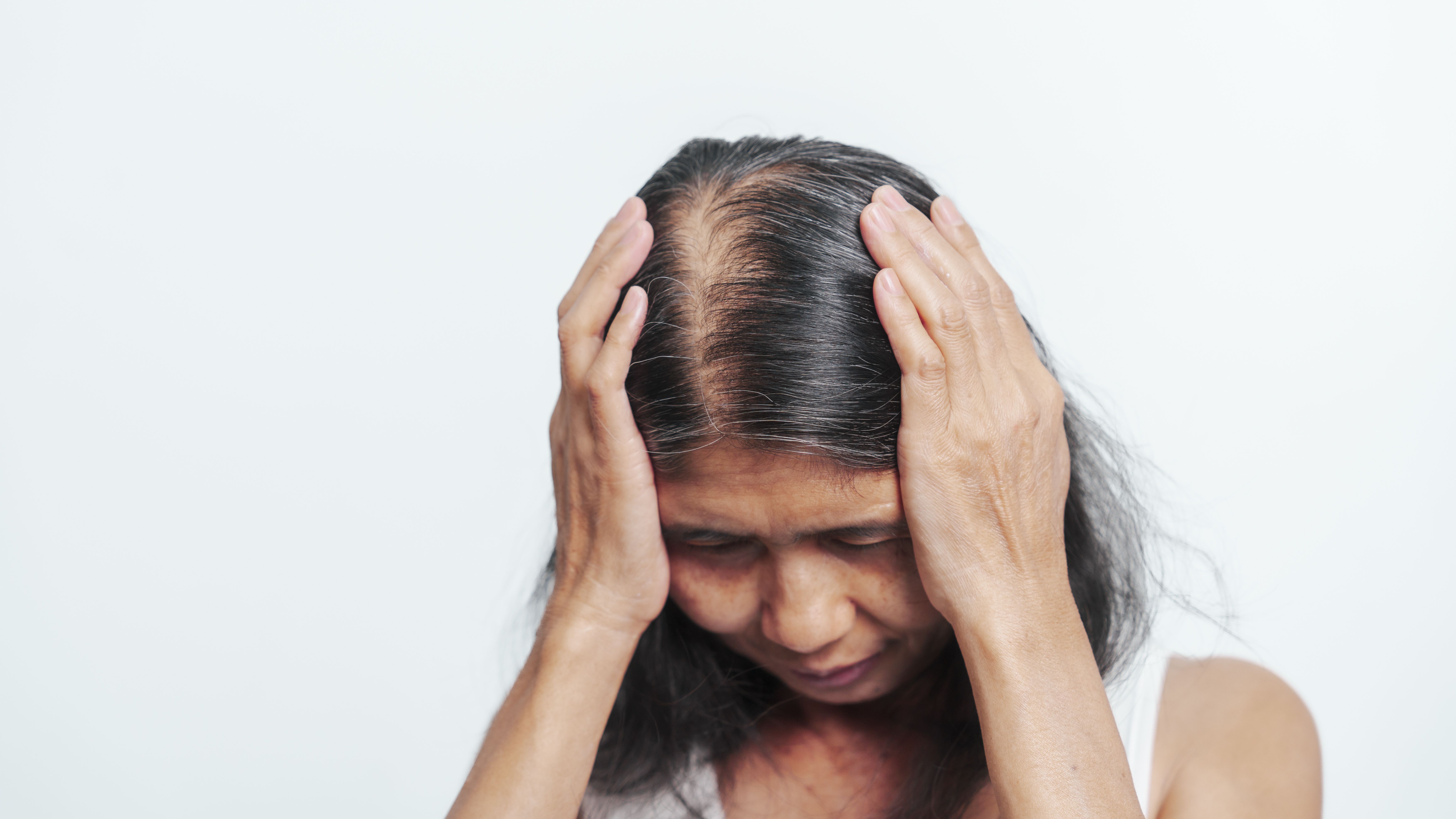- General Dermatology
- Eczema
- Alopecia
- Aesthetics
- Vitiligo
- COVID-19
- Actinic Keratosis
- Precision Medicine and Biologics
- Rare Disease
- Wound Care
- Rosacea
- Psoriasis
- Psoriatic Arthritis
- Atopic Dermatitis
- Melasma
- NP and PA
- Skin Cancer
- Hidradenitis Suppurativa
- Drug Watch
- Pigmentary Disorders
- Acne
- Pediatric Dermatology
- Practice Management
Clinical Trial Disparities, Alopecia Areata Misdiagnoses Prevalent Among Non-White Patients
Alopecia areata is more prevalent in non-White patients, according to findings of a recent study.
A cross-sectional study found that alopecia areata (AA) in adults was more prevalent among non-White patients in comparison with White patients because of their lack of representation and influence on patient retention, calling for improved training among dermatologists to reduce racial bias in diagnosing hair loss conditions.
The University of California, Irvine’s productive AA clinical trial unit examined an initial 115 patients who participated in randomized controlled trials between 2017 to 2022. University dermatologists, outside dermatologists, and direct marketing efforts all took responsibility in recruiting trial participants for AA therapeutic studies.
The original 115 patients participating in the study consisted of 45.2% White patients (n = 52), 24.3% Hispanic patients (n = 28), 16.5% Asian patients (n = 19), 12.2% Black patients (n = 14), and 1.7% Pacific Islander patients (n = 2). The durations of the analyzed studies were categorized as either completed, ongoing, or withdrawn/discontinued (P = .0131).
Study results expressed enrollment and screen failure rates across the 5 different racial and ethnic categories. The highest enrollment rates were recorded among Asian participants at 84.2% (n = 16), and Black participants had the lowest enrollment rates at 42.9% (n = 6). However, Asian participants were found to have the lowest screen failure rates at 15.8% (n = 3) and Black participants had the highest screen failure rates (57.1%; n = 8). Black patients with AA also had the highest enrollment and withdraw rates (33%) and the highest enrollment to early termination at (16.7%). Pacific Islanders had the lowest numbers of enrollment following withdraw or termination (n = 0 for both).
Type of AA screening and body site involvement at screening were fairly similar between all racial groups. Patchy AA was the most prevalent type of AA at screening in Hispanic (64.3%), Asian (73.7%), Black (42.9%), and Pacific Islander (100%) patients. However, the population of White patients had the highest numbers of alopecia totalis or universalis at the highest type of AA found at screening (46.2%). All 5 racial categories had the most body site involvement at screening on the scalp (White patients: 98.1%; Hispanic patients: 100%; Asian patients: 94.7%; Black patients: 92.9%; Pacific Islander patients: 100%). All groups listed beards as the body site that was least affected by AA, except for Asian patients, who listed nails as the least affected site (5.3%).
The prevalence of comorbidities was similar across the groups, with the most common being atopic diseases, thyroid diseases, and hyperlipidemia. Pacific Islander patients were more likely to have any comorbidity (100%) in comparison with Hispanic patients (85.7%), Asian patients (89.5%), White patients (90.4%), and Black patients (92.9%). However, White patients had higher levels of atopic disease (44.2%), thyroid disease (17.3%), and hyperlipidemia (25%). Depression was most prevalent among White patients (13.5%), and other types of psychiatric conditions were also the most common within this group (34.6%).
The study faced limitations due to a small sample size and retrospective design. Black patients with AA had low enrollment due to various reasons, leading to high screen failure rates. Completion rates for Black patients were lower than for Asian patients, possibly influenced by adverse effects, loss to follow-up, and socioeconomic factors affecting recruitment and retention.
The authors noted that misdiagnosis of non-White patients with AA emphasized the importance in improving knowledge and evaluation skills when diagnosing hair loss conditions, writing, “Identifying and alleviating these factors can potentially improve retention and lead to more representative results in AA clinical trials.”
Reference
Elsanadi R, Esse I, Phong C, Ortega AA, Yale K, Mesinkovska NA. Alopecia areata clinical trial enrollment and retention outcome factors among underrepresented ethnic and racial groups: A cross-sectional study. J Am Acad Dermatol. 2023;89(6):1253-1256. doi:10.1016/j.jaad.2023.07.003
[This article was originally published by our sister publication, American Journal of Managed Care.]

